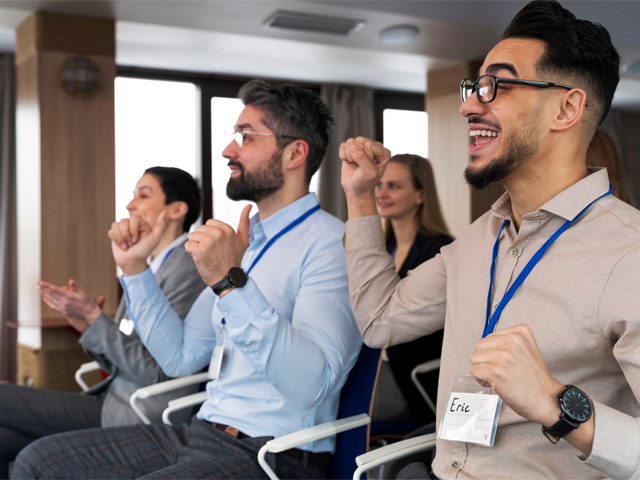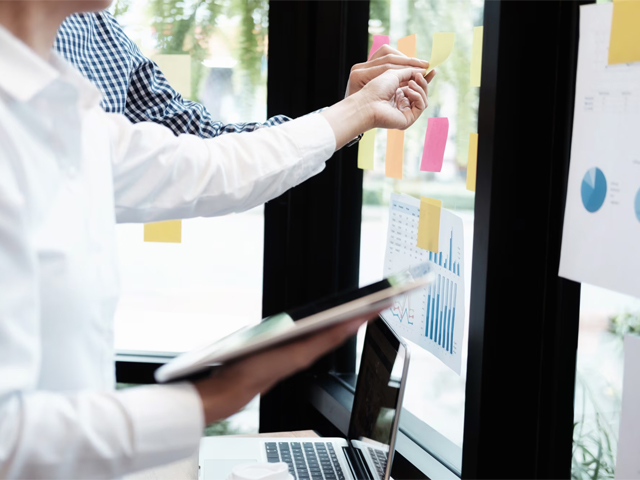Corporate Culture Analysis and Transformation
Culture eats strategy for breakfast. — Peter Drucker
Purpose

From the moment an organization begins its operations, it starts to develop its own working principles. These principles define the organization’s values, ways of doing business, and shared approaches. Over time, these elements come together to form the corporate culture. Corporate culture is a living structure shaped by the adoption of the organization’s vision and values by its employees, guided by written or verbal rules, and constantly evolving.
However, as organizations grow, their structures evolve, and roles and responsibilities diversify. The values originally carried by a core team or founders/family members may change as new employees join. This evolution makes it necessary to reassess and adapt the corporate culture to fit the current organizational structure. In another scenario, cultural misalignments among holding or group companies can harm group synergy or cause conflicts between headquarters/top management and subsidiary teams. When this transition process is not managed carefully, it can create resistance and uncertainty within the organization.
At this stage, it is essential to analyze the existing cultural structure, define the desired cultural transformation, and create a strategic roadmap accordingly. Through workshops, surveys, and participatory methods, the process is designed specifically to meet the organization’s needs. Tailored development programs enhance team collaboration, productivity, profitability, and effectiveness. As a result, the organization achieves a stronger cultural foundation aligned with its own dynamics.
Process

The process begins with one-on-one interviews, focus group sessions, and surveys involving management, team leaders, and employees. This analysis aims to identify the organization’s current culture, strengths, and areas for improvement. Then, an interactive workshop involving all employees is conducted. During this session, corporate values, principles, working methods, and shared behavior patterns are discussed. The outputs gathered from this process form a “Corporate Constitution” that reflects organizational consensus through a participatory approach.

As a continuation of the initial workshop, this session focuses on the questions “How do we behave?” and “How should we behave?” to create collective awareness. It explores the relationship between effective communication, attitudes, behaviors, and corporate culture. The impact of these behaviors on the organization’s reputation and image is also discussed. Participants gain insight into how their individual attitudes influence the overall organization. Thus, the goal is to ensure that corporate culture is not only defined by values but also embodied through consistent behaviors.

All outputs from interviews, workshops, and sessions are analyzed and compiled into a comprehensive report. This report is presented to management for review and alignment. Based on this report, a Corporate Culture Development Plan is prepared. Prioritized actions are then defined, and the implementation process begins. The process is monitored, progress areas are tracked, and sustainable cultural transformation is supported.
Benefits and Outcomes
On an employee’s first day, their cost to the organization is at its highest. That cost only begins to balance out when productivity and performance increase over time. Therefore, all investments made to improve systems and strengthen corporate culture help ensure that employees remain with the organization during their most productive periods.
To ensure long-term employee retention while maximizing productivity, the organization must make certain commitments to its employees and provide the right tools to keep them motivated.
Regardless of whether we sell a product or a service, our company always has customers and a defined customer journey. It is essential to identify areas where customers may be lost due to our existing culture and to plan appropriate corrective actions.
In order for the company to progress, areas for development must be identified in terms of the behaviors and habits needed for improvement. Actions should then be defined and implemented to address these gaps and drive sustainable organizational growth.





